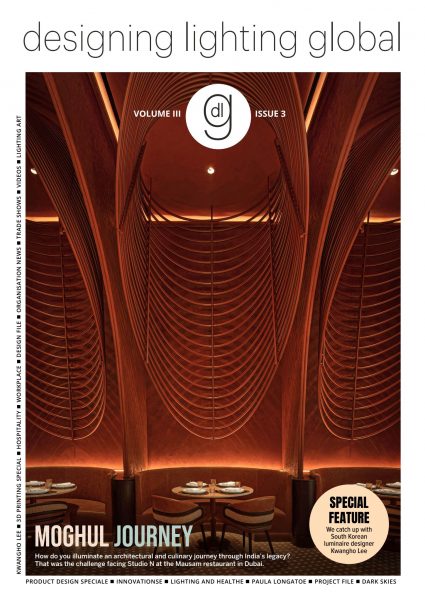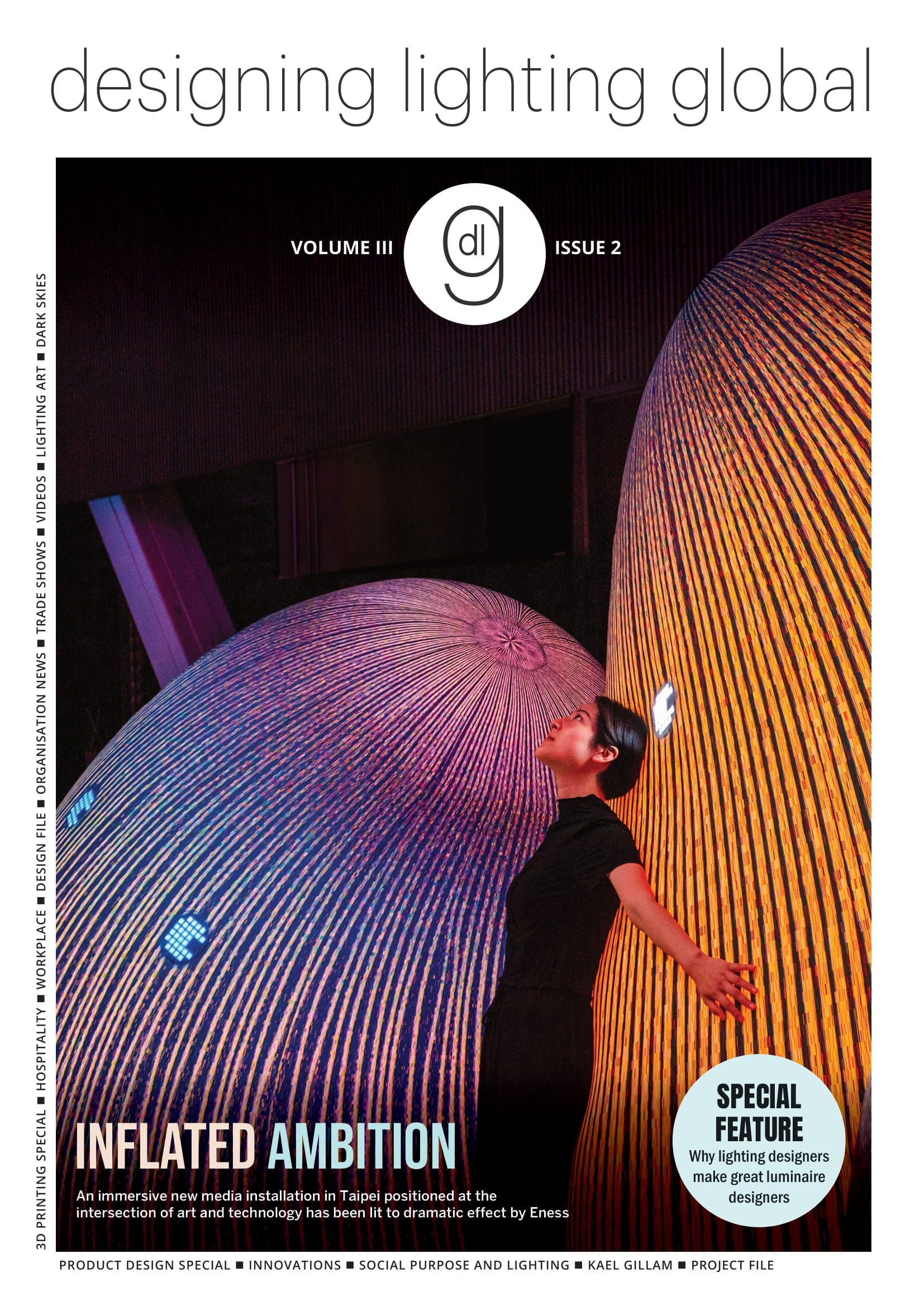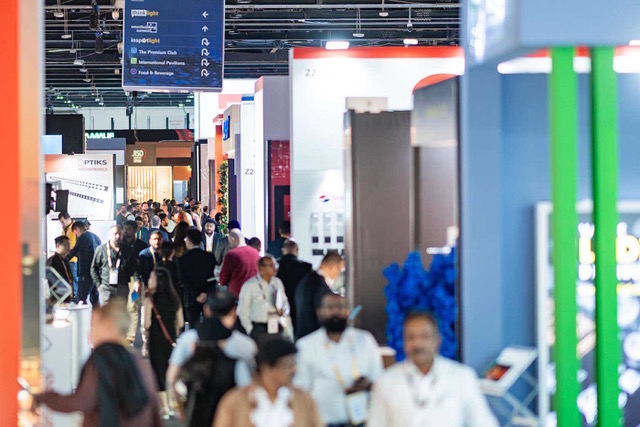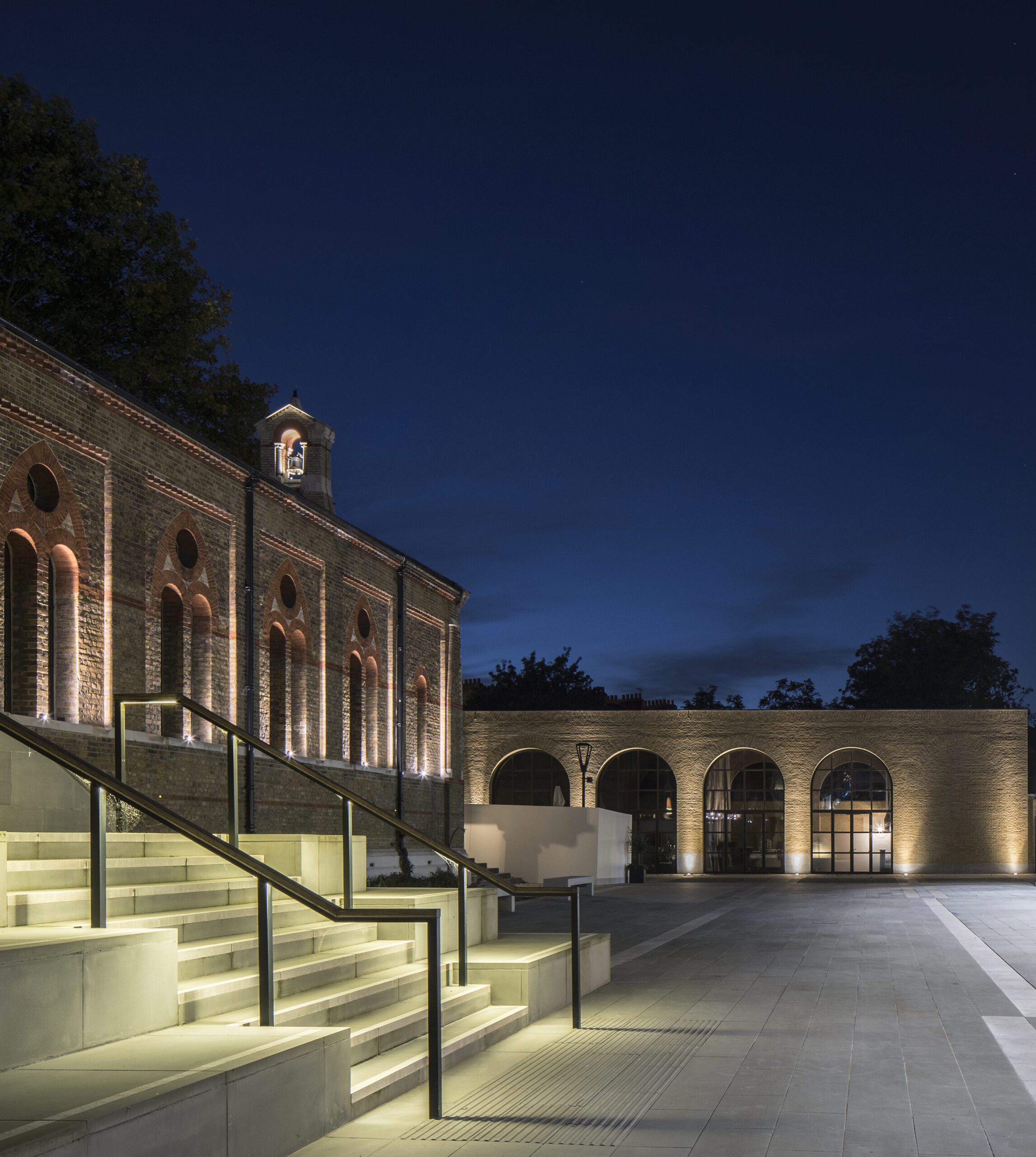As the ban on fluorescent lights is now upon us, Andy Davies, Mackwell’s Commercial Director, takes a look at the change and what it will mean for the industry.
In a significant step towards better environmental sustainability and improved energy efficiency, many countries around the world have been phasing out the use of fluorescent lamps. In some jurisdictions, this has been enforced through an outright ban on the sale of this type of lighting. This is the case across the UK and Europe; September 2023 will see their removal from sale under the Restriction of Hazardous Substances (RoHS) Directive.
The lamps, once a popular choice for indoor lighting, have come under scrutiny due to their adverse environmental impacts. With the emergence and widespread availability of more efficient lighting alternatives, there has been no need to continue their use at such a prevalent level.
The Environmental Impact
While fluorescent lamps offer greater efficiency when compared to traditional incandescent bulbs, the highly negative effect they have on the environment significantly outweighs this. One of the most pressing issues is the presence of mercury, a toxic element used in the lamps to produce light.
Mercury has a detrimental impact on both the environment and public health. It is a toxin that is released into the air through industrial processes. Mercury is leached into water bodies where it is converted to a toxic compound, eventually making its way into our food chain. This process also causes irreversible harm to wildlife throughout these different stages.
When fluorescent lamps break or are disposed of improperly, mercury is released into the surrounding environment. Given these risks to ecosystems and human health, many have been questioning why there has been such a long wait to bring in the ban.
Compounding the issue further, the manufacturing process for the lamps requires significant energy and resources. This undoubtedly contributes to carbon emissions and environmental degradation, causing long-lasting damage.
Energy Efficiency Concerns
Although fluorescent lamps are more energy-efficient than incandescent bulbs, they still fall short of the efficiency offered by newer lighting technologies.
Light Emitting Diodes (LEDs) for example, are unrivalled in their ability to deliver outstanding efficiency levels while also offering a much longer lifespan. Designed to convert a higher percentage of energy into visible light, they reduce wasted energy and overall consumption. These benefits have ensured there is a viable solution to support the transition away from fluorescent lamps.
What is going to serve as a replacement?
The focus for alternative light sources is currently and is likely to remain for the foreseeable future, on LEDs. This is because LED technology offers a significant number of advantages compared to fluorescent lamps .
Benefits of the transition
As with any ban on a well-utilised technology, there will be a period of adjustment and a shift in mindset and ways of working. This does not, however, counter any of the huge benefits that the ban and the subsequent shift to LEDs will ultimately deliver.
Firstly, the reduced environmental impact will be significant. By curtailing the release of toxic substances, this is an important step in furthering the protection of human health and ecosystems.
Another clear benefit is that by switching to more efficient lighting options, there will be a collective effort in saving substantial amounts of energy. This will in turn lead to lower greenhouse gas emissions, which is an improvement with regard to environmental impact.
Additionally, there is the advantage of the longevity and durability offered by newer forms of lighting. More modern technologies have a much longer lifespan, resulting in fewer replacements and less waste over time.
Finally, when making the switch to newer technologies, projects will benefit from better lighting quality and enhanced colour rendering. The ability to dim or adjust the lighting will also support improvements in meeting a wider variety of lighting preferences and needs.
How does this affect emergency lighting?
Emergency lighting plays a critical role in providing illumination during power outages or emergencies, ensuring the safety and visibility of occupants in buildings.
With the ban on fluorescents likely to result in an almost complete transition to LED technology, the timing provides an opportunity to refresh emergency lighting solutions as well. For example, emergency luminaires that are compatible with automated test and monitoring protocols, including DALI-2, will reduce the time spent on maintaining luminaires and diagnosing problems. This in turn aids compliance and improves safety.
Industry response
The lighting industry, including Mackwell, has been firmly behind what the ban on fluorescent lighting represents – a positive move towards a brighter, greener future. Responsible manufacturers such as Mackwell have been working for many years, well ahead of the ban, to provide more sustainable alternatives to fluorescent lighting. This includes unobtrusive, yet powerful emergency lighting solutions that are flexible for almost any situation and environment.
The short-lived issues caused by the removal of fluorescent lighting will quickly be overshadowed by the environmental benefits, as well as longer-term cost savings and the improvement in lighting quality.
Find out more about how our emergency luminaire products and vision can brighten your future >>> Mackwell
Mackwell:
Mackwell is one of the leading providers of technology solutions for the global lighting industry, with ties to many major international companies in over 40 markets and export business.
With a background firmly grounded in electronics, Mackwell has developed a wealth of experience in lighting throughout the World and an enviable reputation for the design and manufacture of reliable, innovative electronic components. This enables the company to provide customers with innovative solutions that give them a competitive edge in their target markets.
Mackwell embraced LED technology and DALI early in their inception which has allowed the company to continually evolve with the latest developments and bring state-of-the-art solutions to market. Mackwell has also kept abreast of the reduction in size of luminaires as LED’s become more popular, supplying products to meet the need for fitting into more compact proportions. Operating from our purpose designed R&D and manufacturing facility in the heart of England, Mackwell’s philosophy of never leaving safety to chance has led to the design of a portfolio of high quality, durable emergency products for a wide range of applications.






